The Australian tree fern (Sphaeropteris cooperi) is a tropical evergreen prized for its striking appearance and adaptability. Belonging to the Cyatheaceae family, this perennial plant is native to Australia and has become a popular choice for shady gardens due to its lush, ornamental appeal.
Its slender trunk supports large, arching fronds with finely divided leaflets that give it a lace-like appearance—earning it the nickname “Lacy tree fern.” Known for its cold-hardiness among tropical ferns, it adds texture and height to landscapes, making it a standout feature in shaded outdoor spaces.
| Common name | Australian Tree Fern |
| Botanical name | Sphaeropteris cooperi |
| Family | Cyatheaceae |
| Species | cooperi |
| Origin | Australia |
| Life cycle | Perennial |
| Plant type | Fern |
| Hardiness zone | 8, 9, 10, 11 |
| Sunlight | Dappled Sunlight |
| Soil condition | Loam |
| Soil ph | Acid |
| Drainage | Well-Drained |
| Growth rate | Fast |
| Spacing | 6ft. – 12 ft. |
| Height | 15 ft. – 50 ft. |
| Leaf color | Green |
| Leaf benefit | Showy |
| Garden style | Children’s Garden |
| Uses | Container |
I. Appearance and Characteristics
Sphaeropteris cooperi, synonym Cyathea cooperi, also known as lacy tree fern, scaly tree fern, or Cooper’s tree fern, is a tree fern native to Australia, in New South Wales and Queensland.
Sphaeropteris cooperi is a medium-to-large fast growing tree fern, to 15 metres (49 ft) in height with a 12-inch (30 cm) thick trunk. The apex of the trunk and unfurling crosiers are particularly attractive, covered as they are with conspicuous long, silky, straw colored scales. The crown is widely spread and the light green fronds may reach a length of 4–6 metres (13–20 ft). It can also very rarely be found in the colour of a pale pink with an orange stripe going down the middle. This is extremely rare and can be worth about 2,000 dollars.
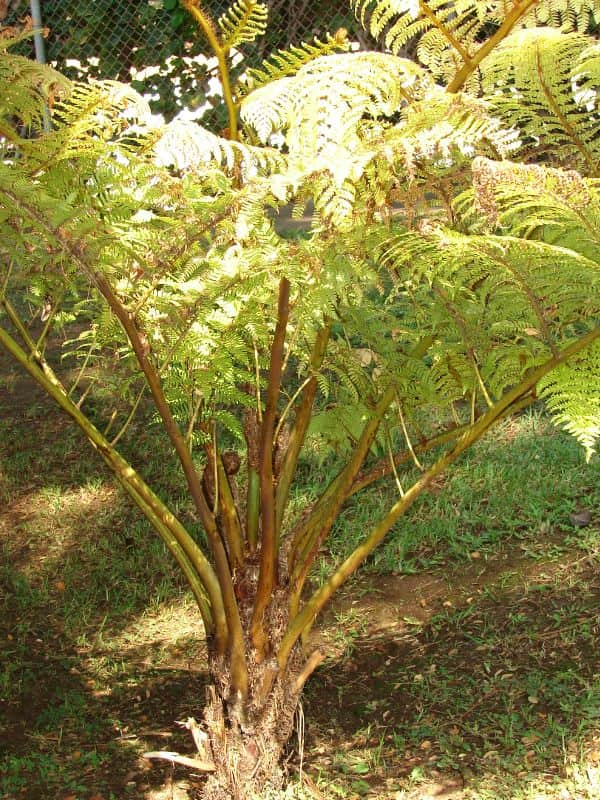
Sphaeropteris cooperi is one of the most commonly cultivated tree ferns as an ornamental plant. It is used in gardens and public landscaping. It is hardy and easy to grow. Heavy frosts may kill the fronds, but plants recover quickly. The plant prefers protected, shady moist conditions but can be grown in sunny areas. It does not do well in full sun and must be well watered. It does not grow in its optimal form in full sun.
Under its synonym Cyathea cooperi it has received the Royal Horticultural Society’s Award of Garden Merit.
It is sometimes mislabeled in the nursery industry as “Cyathea australis” (a synonym of Alsophila australis).
II. How to Grow and Care
Sunlight
Although Australian tree ferns are shade-loving plants in general, they can also thrive in partial sun or dappled sun locations where they receive six hours of light a day. Keep in mind that the more direct sunlight the plant receives, the more likely it is that you’ll need to increase your watering schedule.
Temperature and Humidity
Australian tree ferns like a consistently warm and humid environment with temperatures ranging from 65 to 80 degrees Fahrenheit. Australian tree ferns do not acclimate well to rapid changes in humidity or temperature, which can result in browning fronds. In colder areas, you can grow the fern in a container, which gives you the flexibility to move it indoors for the fall and winter once temperatures drop too low.
Watering
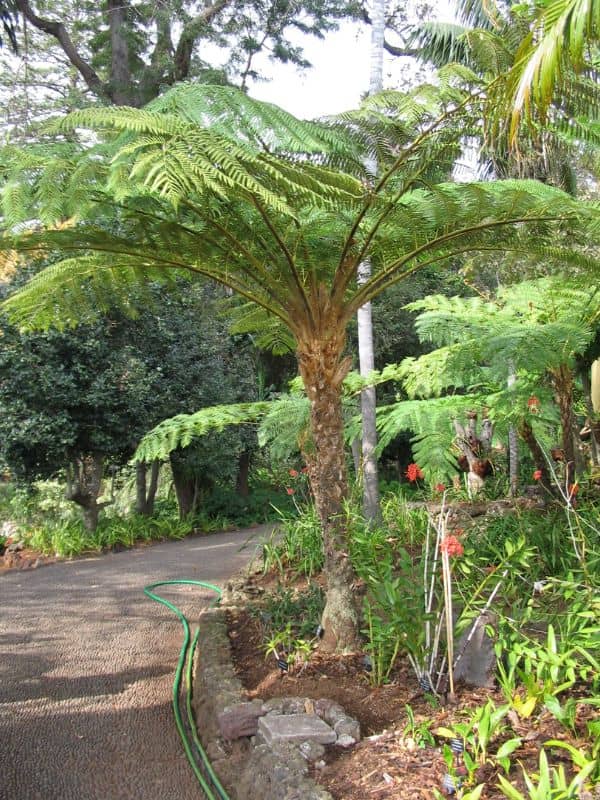
Keep the soil moist at all times. Australian tree ferns are not drought-tolerant and need weekly watering. In extremely dry weather conditions, their need for moisture and humidity is extremely important. Avoid watering the crown directly because it can cause rot—instead, water the trunk and ensure the soil is consistently moist.
Soil
Australian tree ferns can tolerate a variety of soil conditions including sand, loam, and clay. That being said, they will thrive best in a moist, loamy mixture that is rich but well-draining with a neutral to acidic pH level. It’s also recommended that you add a layer of mulch around the tree, which will add more nutrients to the soil and act as a barrier to seal in moisture (particularly during very hot weather).
Fertilizing
During the growing season, feed your Australian tree fern monthly with a liquid fertilizer. Larger specimens are heavier feeders and might require feeding every other week year-round. For the amount of fertilizer to use, follow the instructions on the fertilizer label.
Propagation
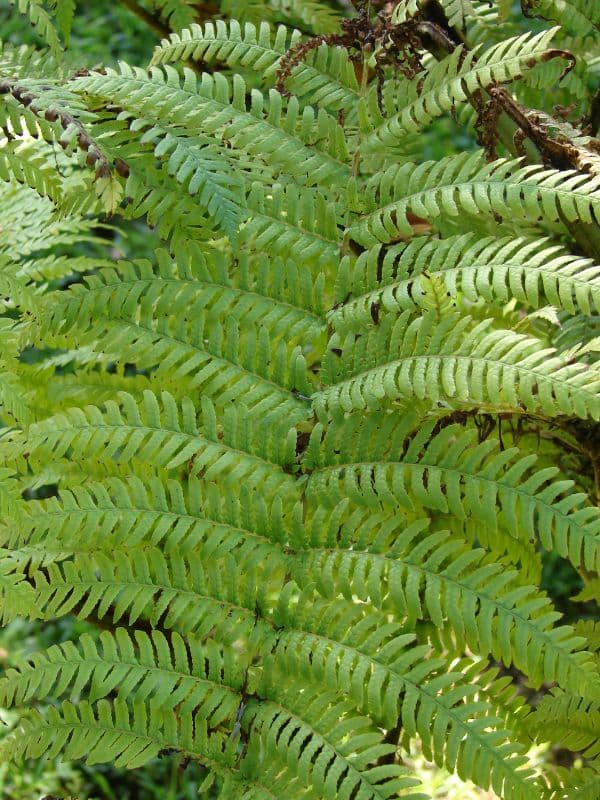
Australian tree fern can only be propagated from spores. You cannot propagate this tree fern vegetatively from cuttings.
- Collect the spores from a mature frond onto a piece of paper.
- In a heatproof bowl, pour boiling water over soilless potting medium to sterilize it and remove any pathogens, which can affect germination. Let the potting mix drain and cool completely before filling it into a four-inch pot.
- Sprinkle the spores on the potting mix and cover it with a plastic dome or bag.
- Place the pot in a location with a consistent temperature of around 68 degrees Fahrenheit and indirect light.
- Keep it moist at all times, The spores will take 2 to 6 weeks to germinate.
Potting and Repotting
An Australian tree fern will grow rapidly, so make sure you plant it somewhere in your landscape where it has room to grow and expand. If you’re growing your tree fern in a container, repot it annually into a larger pot (with fresh soil). Because the tree fern is susceptible to root rot, make sure the container has large drainage holes. Plastic pots don’t dry out as fast as clay pots so they are generally more suitable for this type of fern that needs to be kept moist at all times.
When the plant reaches the maximum size allowed by the growing space, stop repotting to slow down its growth. Eventually, it will likely outgrow both the pot and the room.
Overwintering
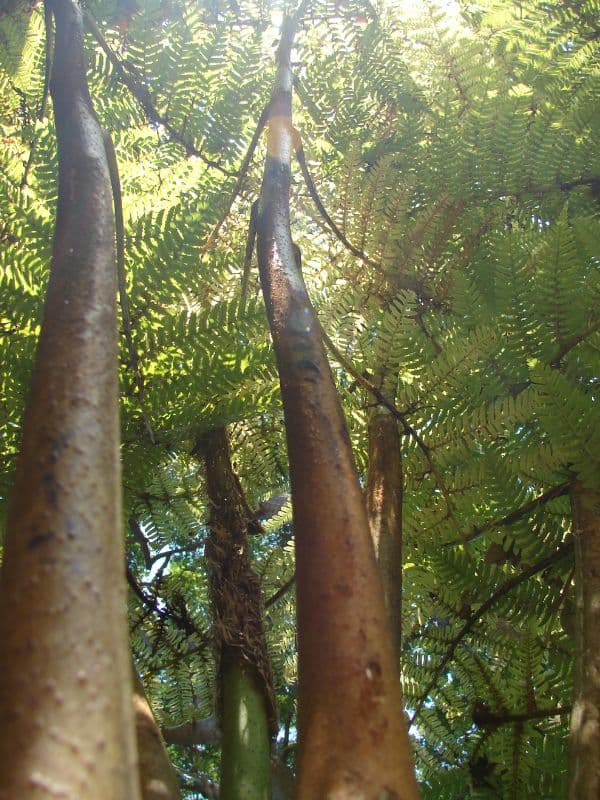
The Australian tree fern is a fairly hardy tree fern that can tolerate occasional low winter temperatures of 20 degrees Fahrenheit in temperature zones USDA 8 through 11. But to protect the fronds from cold damage, it is best planted in a sheltered spot such as the side of the house that is protected from strong winds.
In addition, the roots of Australian fern grown in containers can be damaged in the winter due to their lack of insulation. Winterizing the container by wrapping it with bubble wrap gives it extra protection.
Pests and Diseases
While the Australian tree fern doesn’t have any major issues with diseases or pests, it can occasionally get mites or mealybugs. The first treatment recommendation is to spray the infestation with strong streams of water; if that doesn’t work, treat the plant with neem oil or an insecticide until all signs of infestation have gone.
III. Types of Australian Tree Ferns
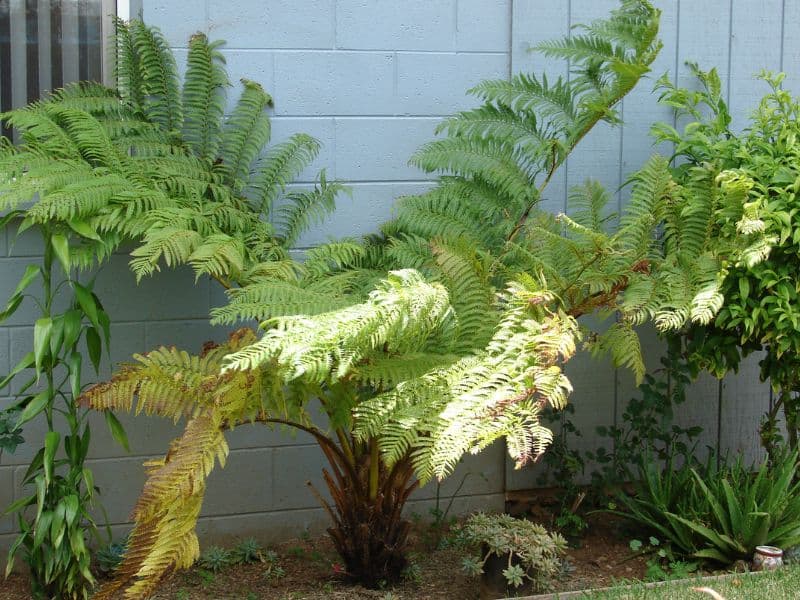
About 1,000 different kinds of tree ferns are found in tropical or subtropical settings.
- ‘Brentwood’ is a cultivar that grows faster than most tree ferns and is larger with darker green fronds than the species.
- The New Zealand or Tasmanian tree fern is closely related, but the species is actually Dicksonia antarctica, and it tends to have a narrower crown than the Australian tree fern (but has similar requirements).
Find Where to Buy the Best Australian Tree Fern (Sphaeropteris cooperi)



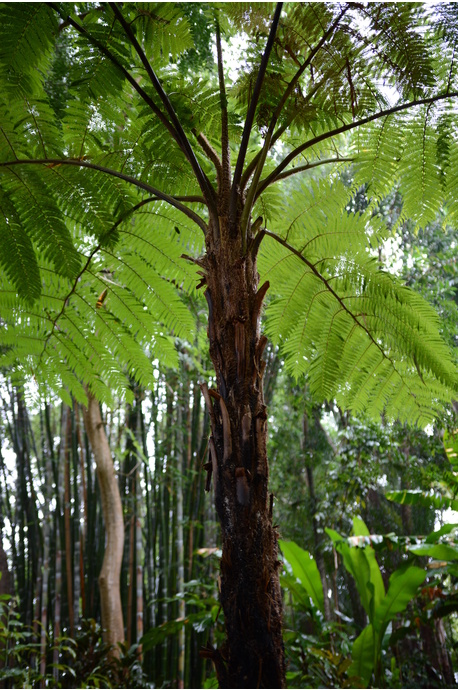



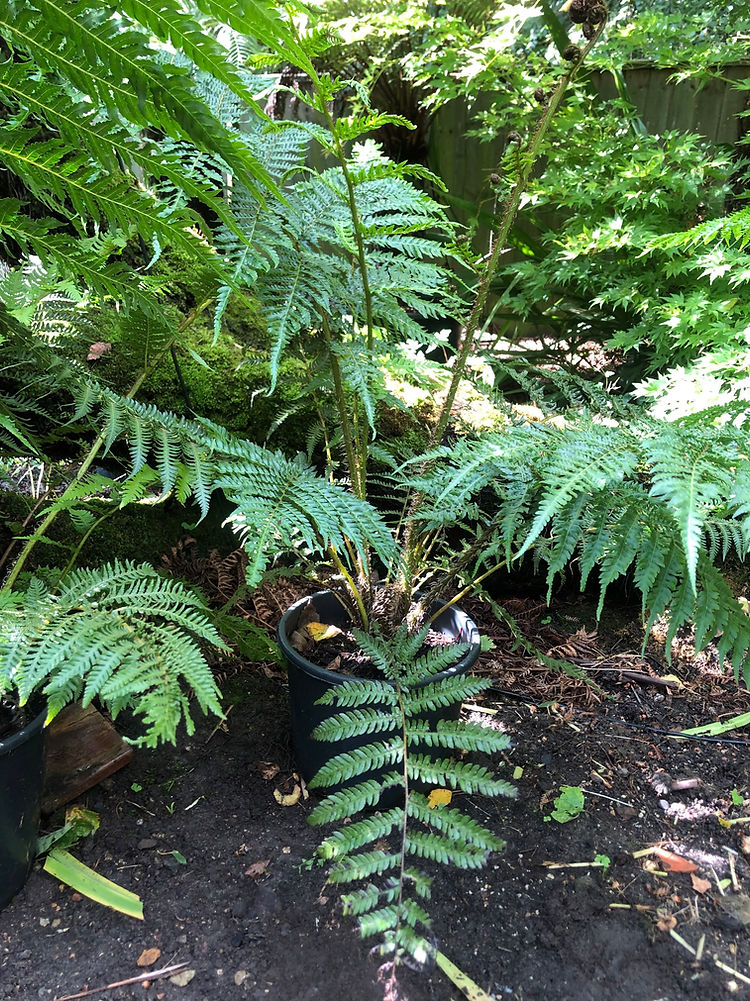










Leave a Reply